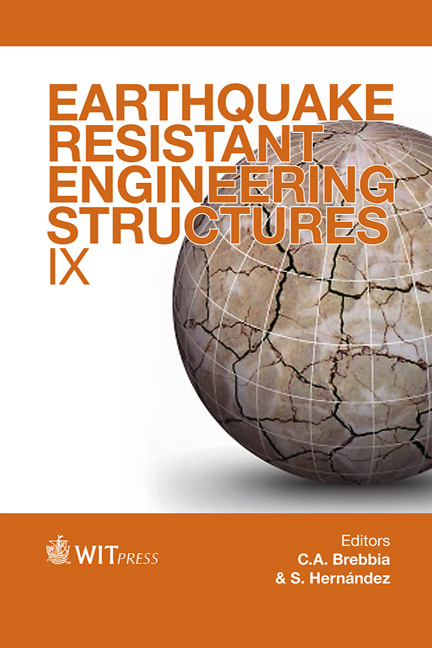What Information Is Needed To Design Anti-seismic Structures?
Price
Free (open access)
Transaction
Volume
132
Pages
9
Page Range
3 - 11
Published
2013
Size
465 kb
Paper DOI
10.2495/ERES130011
Copyright
WIT Press
Author(s)
P. Clemente, D. Rinaldis, G. Bongiovanni & F. Saitta
Abstract
Our knowledge about earthquakes and their effects on structures is still not satisfactory. But what do structural engineers need in order to design antiseismic buildings? As is well known, the first step in any structural design is the analysis of loads and, among these, the seismic input is an important issue. This is defined by means of a basic hazard analysis and the local seismic response. The uncertainties about the local seismic response could be more important than those relating to the basic analysis results. The second step is the structural modeling, where the suitability depends on how good is the description of the material behavior and the structural behavior both in the elastic and inelastic range. Knowledge of these is very important in order to define the behavior factor, which is a measure of the inelastic capacity of the building, i.e., its capacity to dissipate energy. Some recent seismic events in the world have questioned several assumptions of the present design rules, prescribed by the seismic codes. In this paper some issues about the anti-seismic structural design are discussed in order to give some proposals to improve our way of thinking about structural safety against earthquakes. Keywords: structural safety, technical codes, seismic hazard, new anti-seismic technologies.
Keywords
structural safety, technical codes, seismic hazard, new anti-seismic technologies





